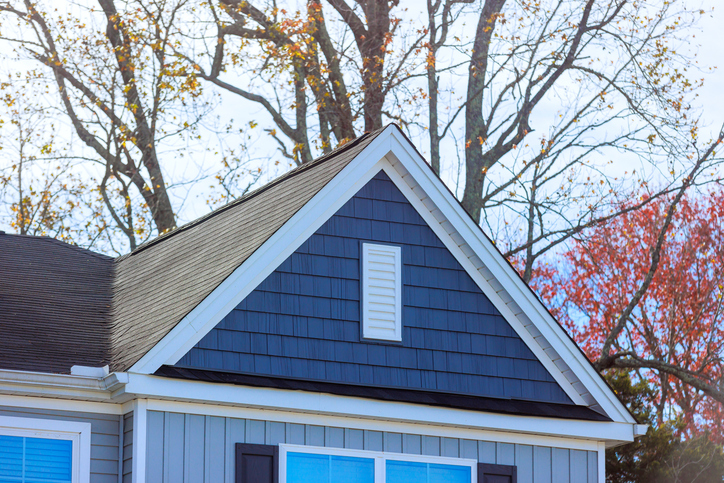What is a Low-Slope Roof?

What is a Low-Slope Roof?
July 3, 2024
What is a Low-Slope Roofing System?
In the realm of architecture and construction, the term “low-slope roof” often arises, carrying significant implications for building design and functionality. Understanding the characteristics, benefits, and considerations of low-slope roofs is crucial for architects, builders, and property owners. Let’s delve into this concept to unravel its essence and practical applications.
Defining Low Slope Roofs
A low-slope roof, also known as a flat roof, features a gentle pitch that deviates minimally from the horizontal level. Unlike steeply sloped roofs commonly seen in residential settings, low slope roofs exhibit a more gradual incline, typically ranging from 1:12 to 4:12 pitch ratio. This design choice serves various purposes, offering both aesthetic appeal and functional advantages depending on the specific requirements of the structure.
Benefits of Low Slope Roofs
1. Modern Aesthetic
Low-slope roofs are synonymous with contemporary architectural styles. They contribute to a sleek and minimalist appearance that aligns well with modern design trends. The clean lines and unobtrusive profile of these roofs can enhance a building’s overall visual appeal, making it stand out in urban or industrial settings.
2. Space Utilization
The horizontal expanse of low-slope roofs presents opportunities for rooftop gardens, solar panel installations, HVAC equipment placement, and recreational areas. Utilizing this space adds value to the property while promoting sustainability and efficiency through eco-friendly initiatives.
3. Cost-Efficiency
Construction and maintenance costs associated with low-slope roofs are often lower compared to steeply-pitched roofs due to reduced materials and labor requirements. Moreover, the accessibility of the roof facilitates easier inspection, repair, and installation of amenities, leading to long-term cost savings.
Key Considerations
While low-slope roofs offer numerous advantages, certain considerations must be taken into account during the design and implementation phases:
- Water Drainage: Proper drainage systems are essential to prevent water pooling and leakage, as low-slope roofs are more susceptible to water infiltration.
- Material Selection: Choosing durable, weather-resistant materials is crucial to ensure the longevity and performance of the roof, especially in regions prone to harsh weather conditions.
- Insulation: Adequate insulation is necessary to regulate temperature and energy efficiency within the building, as low-slope roofs may experience heat retention issues without proper insulation.
Choosing The Right Roof
When it comes to ensuring your roof lasts and is safe for your family, you need to hire the best contractor possible. The experts at JM Roofing and Siding are licensed and insured to serve you in Norwalk, Connecticut, and the surrounding areas. Contact us today for a free estimate!
Recent News
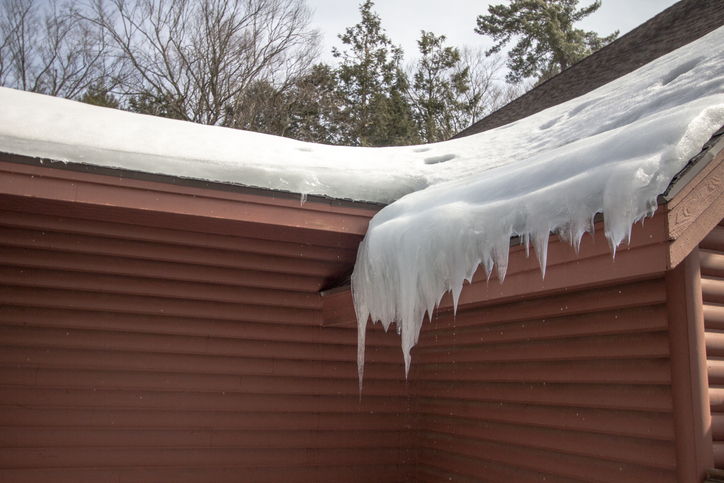
How Snow and Ice Can Damage Your Roof
December 5, 2025

The Best Time to Schedule Roof Repairs: Why Autumn Is Not Too Late
November 20, 2025
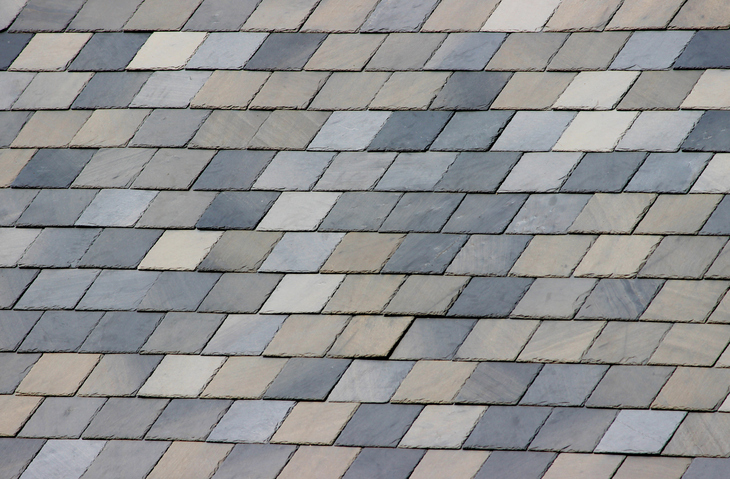
Common Signs Your Slate Roof Needs Repair
November 18, 2025
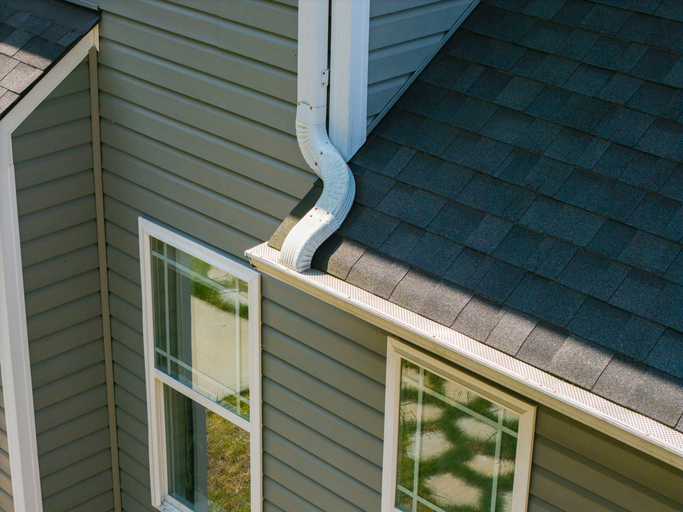
How to Maintain Your Gutters Year-Round & Avoid Water Damage
November 13, 2025
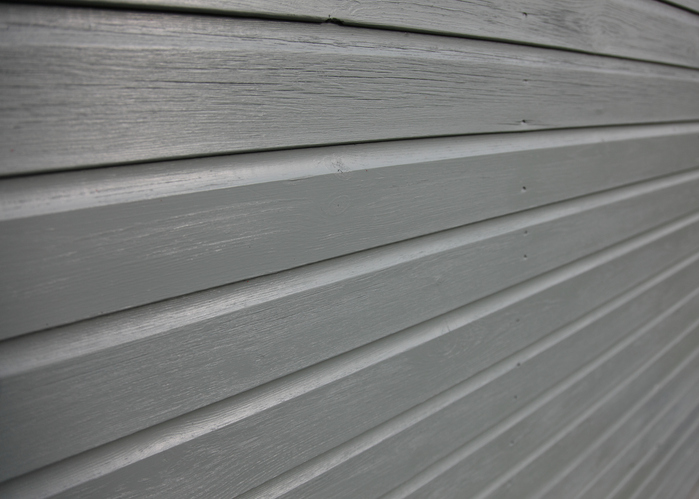
How New Siding Can Increase Your Home’s Value & Energy Efficiency
November 5, 2025
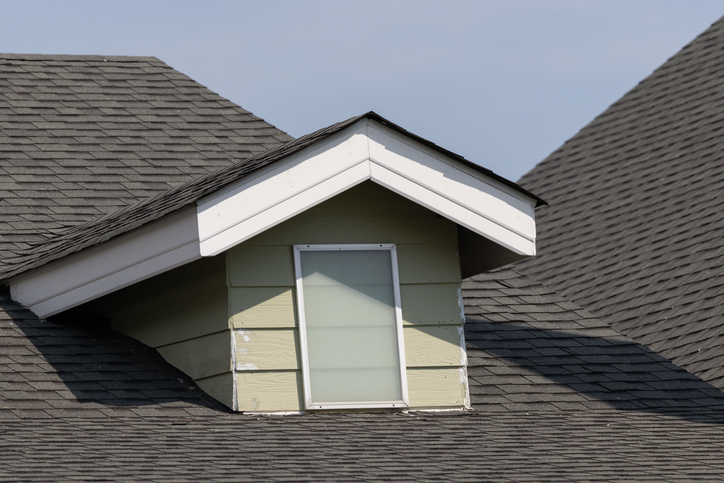
How Weather in Fairfield County Affects Your Asphalt Roof & What You Can Do About It
October 30, 2025
